The real total eclipse was better than the pics I shot with my iPhone 15 Pro Max and DSLR, and believe me I tried
No photo could come close when stars align
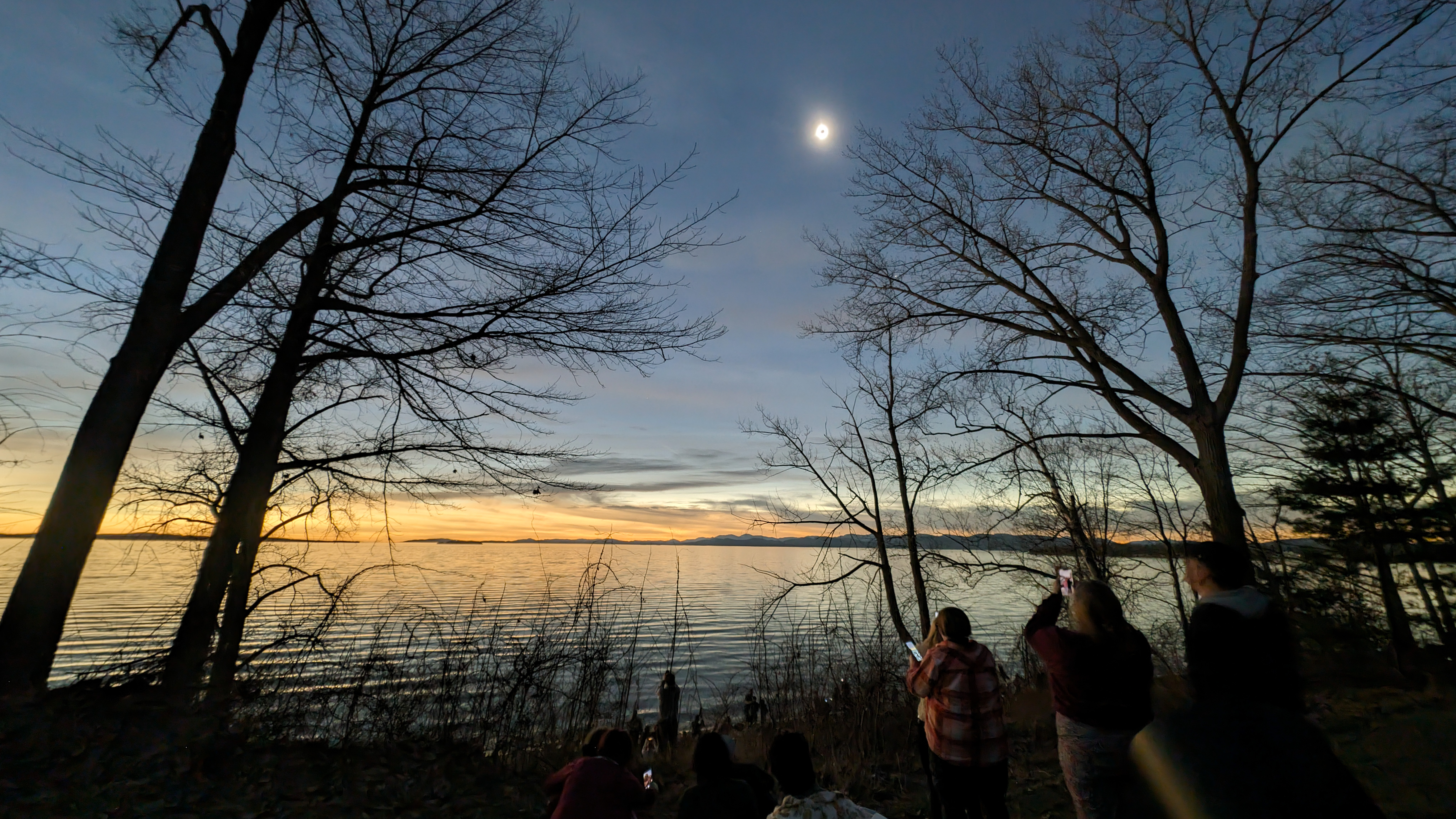
If you’ve never seen a total eclipse in person, whatever you’ve seen and what you imagine don’t come close. The best photos, the most stunning video, they won’t match the silent, dazzling fury of the real thing. Your phone or monitor won’t capture the infinite diamond brilliance of the Sun’s corona twinkling around the black Moon. I set out to shoot the total eclipse with my three best camera phones and my Nikon DSLR, but I am thankful that I decided to enjoy the eclipse in the scant three minutes I was under its totality.
Before I talk tech, I’ll do my best to describe the total solar eclipse if you’ve never seen one in person. April 8 was my first total eclipse, and before that day I thought it would be my last. Now I’m sure that I’ll find another opportunity. I’ve already spotted an upcoming eclipse over Tunis, Tunisia, and Luxor, Egypt in 2027. That could be an incredible trip.
After seeing the total solar eclipse live, I felt like I can’t live the rest of my life without seeing one again. I’ve never seen a photo that was equally compelling. Seeing the real eclipse in person, it was so gloriously beautiful that I was immediately sad that it was so fleeting.
Here's what a total solar eclipse really looks like
I was not shocked to hear the crowd around me erupt into spontaneous applause.
There is a bright flash in the instant before the Sun goes dark. The world gets colder suddenly, but the landscape is not pitch dark. Watching the eclipse from the shore of Lake Champlain in Burlington, Vermont, the view of Mount Marcy and the Adirondacks presented a panoramic sunset, with waning light surrounding me at the horizon on all sides, and the black eclipse at the center.
The Sun’s corona dazzles and flares with wisps of magic. You’ve never seen any light move in such a way. The contrast between the shockingly dark moon and the incredibly bright corona makes the halo seem brilliant and crisply present, as though the Sun is just beyond your grasp, and not seven light-minutes away.
The corona is bright, but not as bright as the face of the Sun. It reaches the limit of what my eyes could tolerate without causing pain. To see something so shockingly intense, after avoiding the painfully bright Sun for the previous hour, is a revelation. It feels like a gift being unwrapped in the sky above. It is a surprise and a joy, and I was not shocked to hear the crowd around me erupt into spontaneous applause.
I was awestruck. I forgot everything I was supposed to do at that moment. I’m now grateful that I decided at the last minute to drive all the way up to Burlington, where the clouds were wispy and few and the totality lasted more than three whole minutes. A good friend traveled farther to experience just over thirty seconds of totality in the Ozarks. Neither of us regrets taking our trip.
Get daily insight, inspiration and deals in your inbox
Sign up for breaking news, reviews, opinion, top tech deals, and more.
Ruining a solar eclipse with too much tech
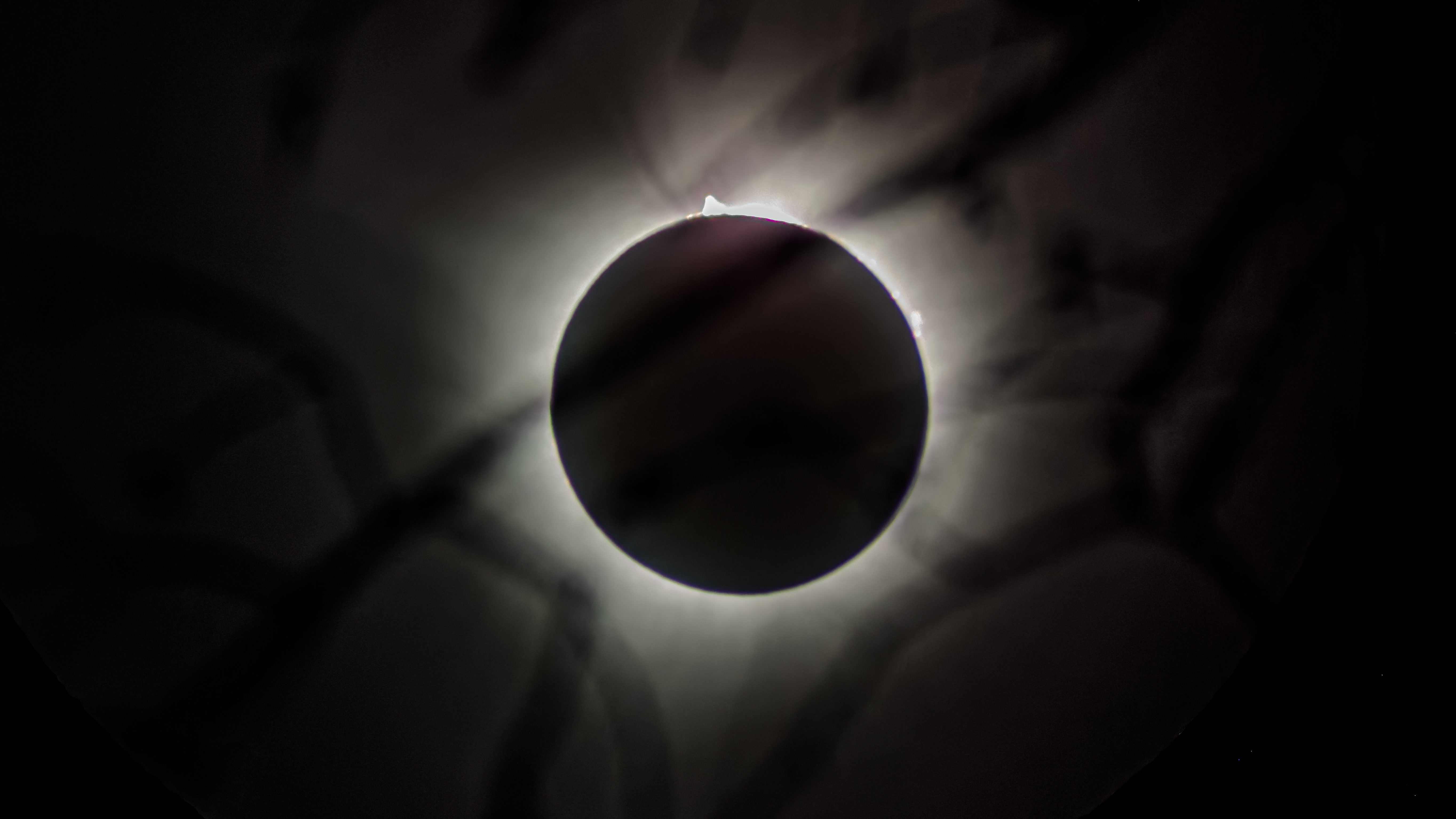
Back to the tech. My plan was … too much. I brought a telescope, and a DSLR, and three phones, and even smart glasses on my face. I don’t know what I was thinking. The eclipse lasted three minutes. I barely had time to focus one camera, let alone try to shoot with five. My plans fell to pieces, and I gave up quickly. I got a few good shots, then I turned my attention to the sky and just allowed myself to soak it in.
Seeing the eclipse was more rewarding than the best photo I’ve seen of the eclipse.
Here’s the gear I brought to shoot the solar eclipse. I borrowed a Vaonis Hestia telescope, which uses your phone as the viewfinder. I used an iPhone 15 Pro Max to take photos and view the eclipse through that telescope, with a solar filter provided by Vaonis. Those photos turned out pretty good, but it isn’t the most powerful telescope. Plus, an eclipse is a very complicated scene for lighting, especially for a phone camera.
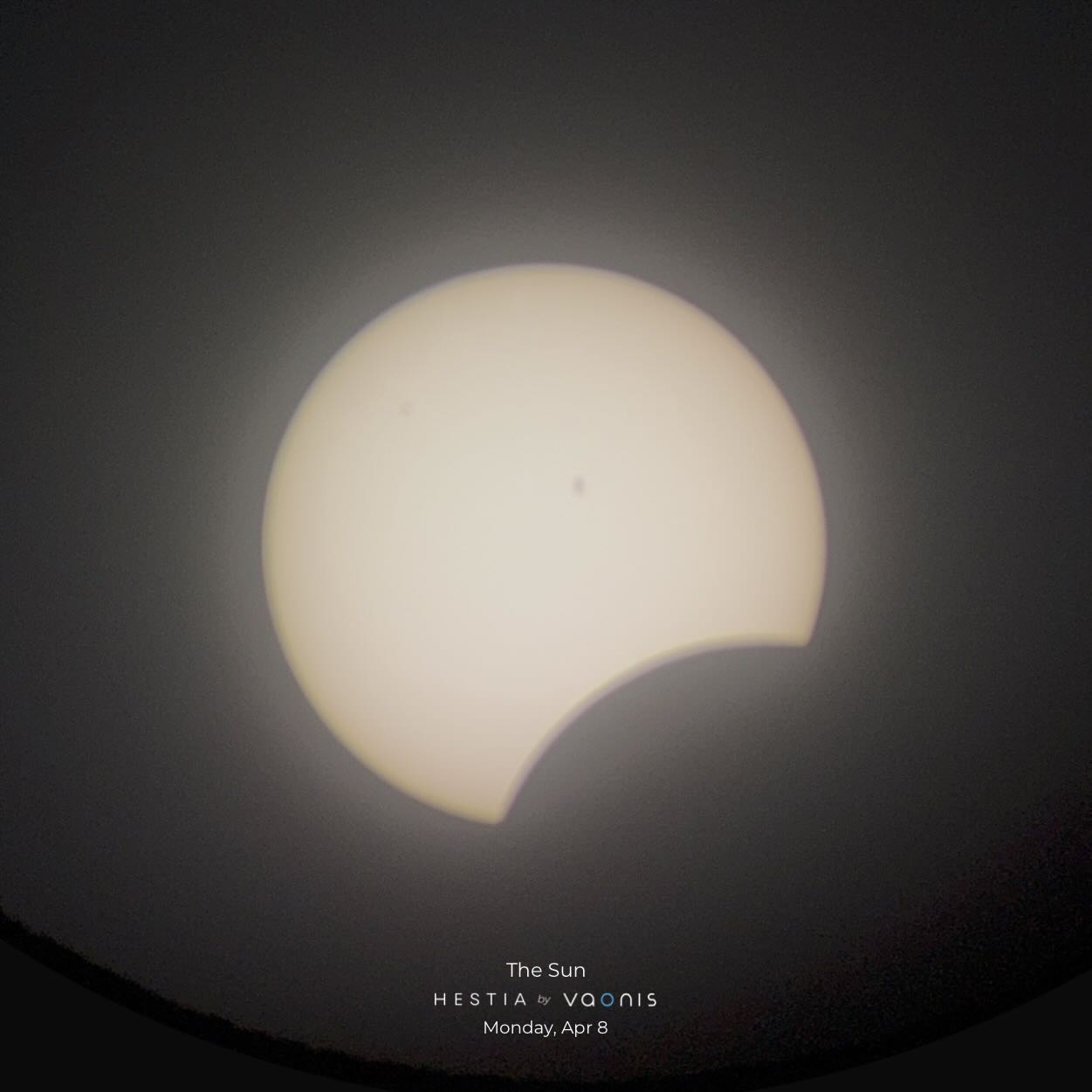
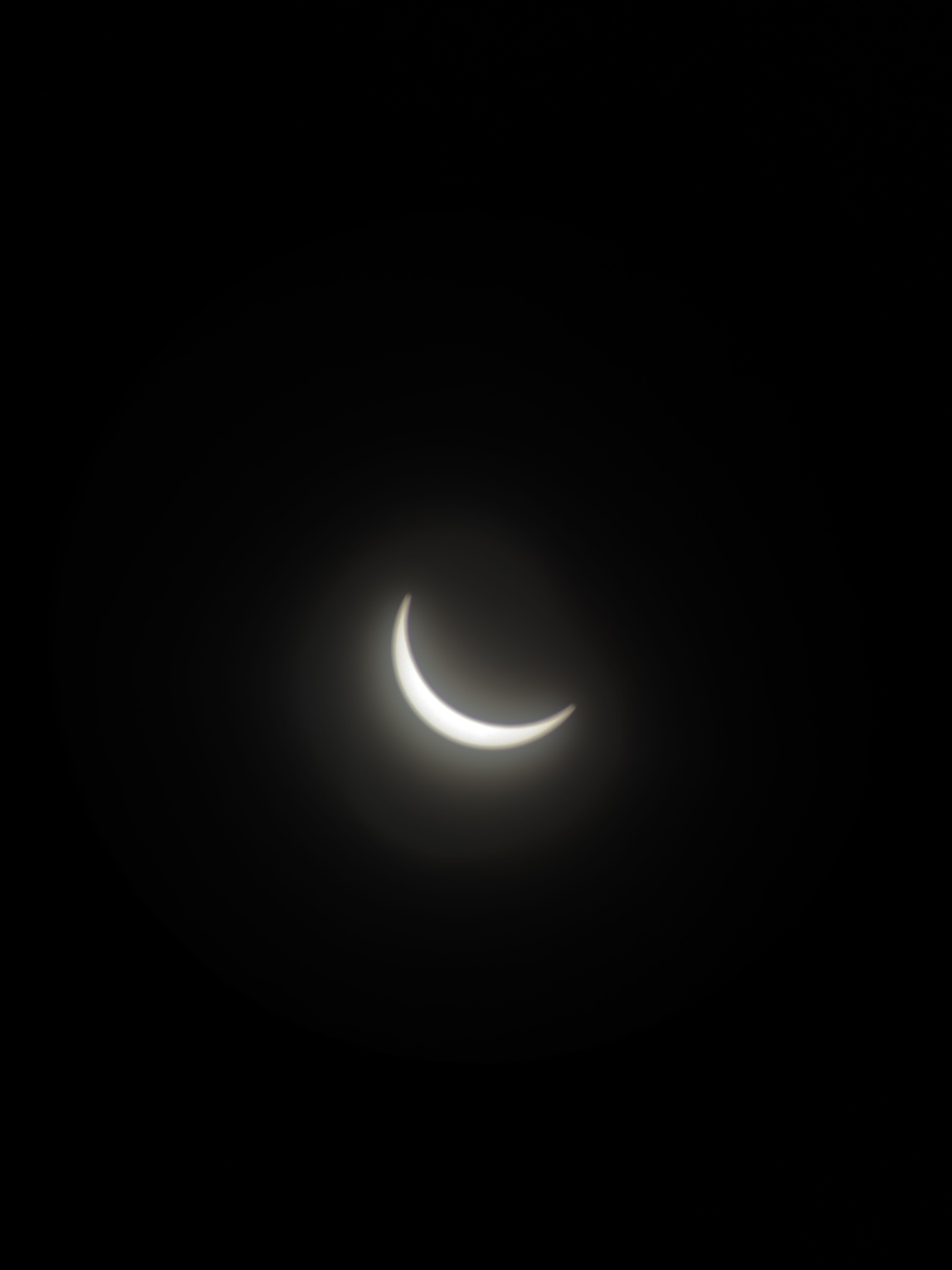
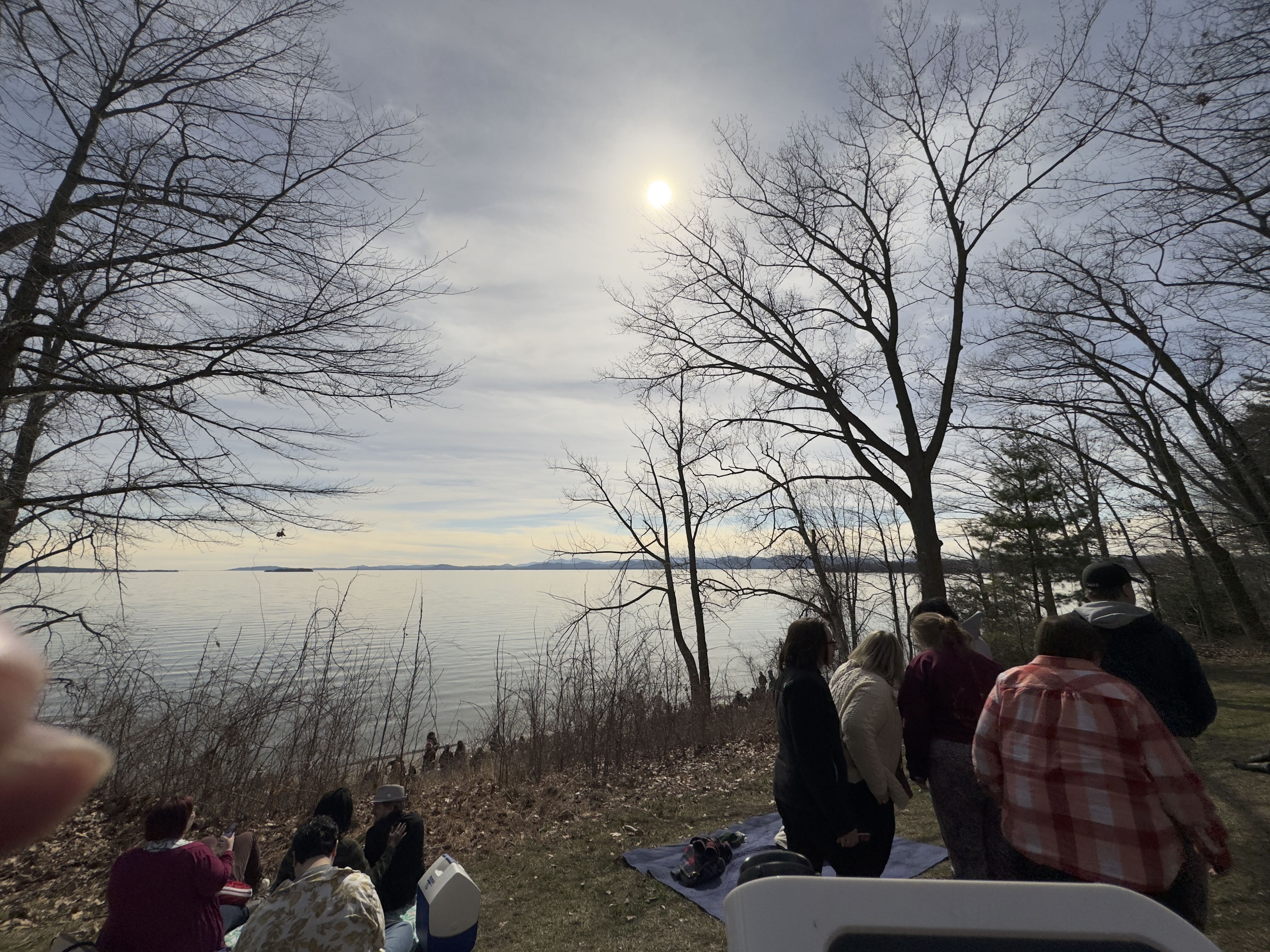
I also had a Google Pixel 8 Pro and a Samsung Galaxy S24 Ultra. I already decided I was not going to try to take telephoto zoom shots of the eclipse with these phones. The 5X range is simply not enough to capture any detail, and the sensor for the longest lens is also the smallest, lowest-quality sensor on the phone. Better to take wide-angle photos.
I set up the Galaxy S24 Ultra to shoot a time-lapse (Samsung calls it Hyperlapse) video of the entire event. I was pretty disappointed with the results. The sun was too high in the sky for even the widest lens to capture the scene around me as well as the eclipse in progress. The camera had trouble balancing the incredibly bright partial eclipse with the surroundings, so it just looks like a sunny day until totality occurs. When the eclipse happens, the camera balances the light in a way that doesn’t present the sunset colors and the changing light in the way I remember it.
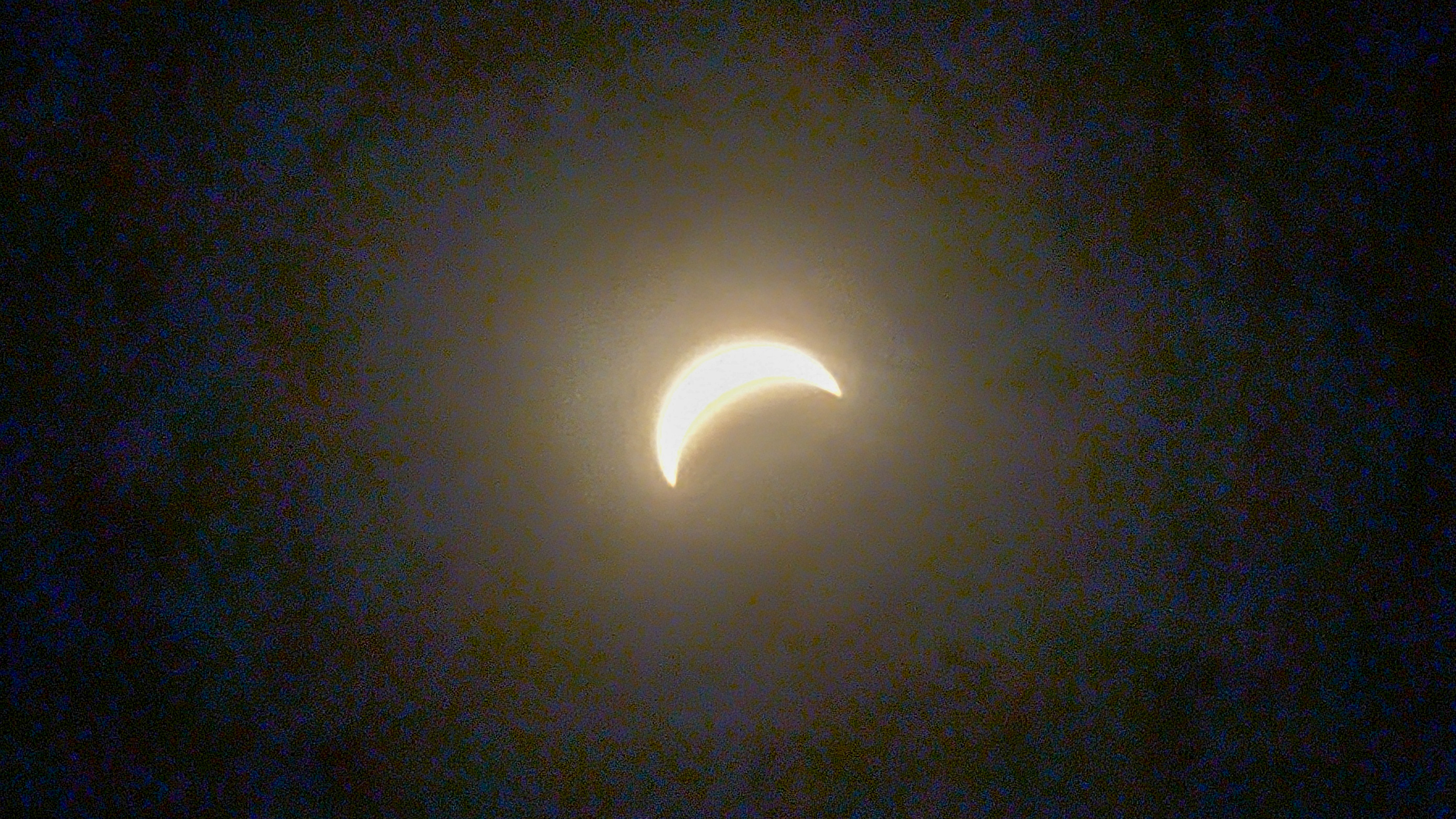
I attached a solar filter to the Google Pixel 8 Pro, hoping I would be able to see more of the partial eclipse as it happened. Nope, the filter cut out too much light for the phone to handle. I was barely able to see the Sun through the filter, let alone capture great shots.
At the last minute, I decided to also bring my Nikon D750 camera with a Nikon 80-400mm lens. I don’t have a solar filter for that huge lens, so I planned on shooting only the totality of the eclipse, when it is safe to look at the sun without glasses. I got some pretty good shots, but I was rushing around too much, juggling too many chores. I should have reduced the exposure levels, or used a manual mode to dial back the shutter speed. The photos were blurry and blown out, not very good.
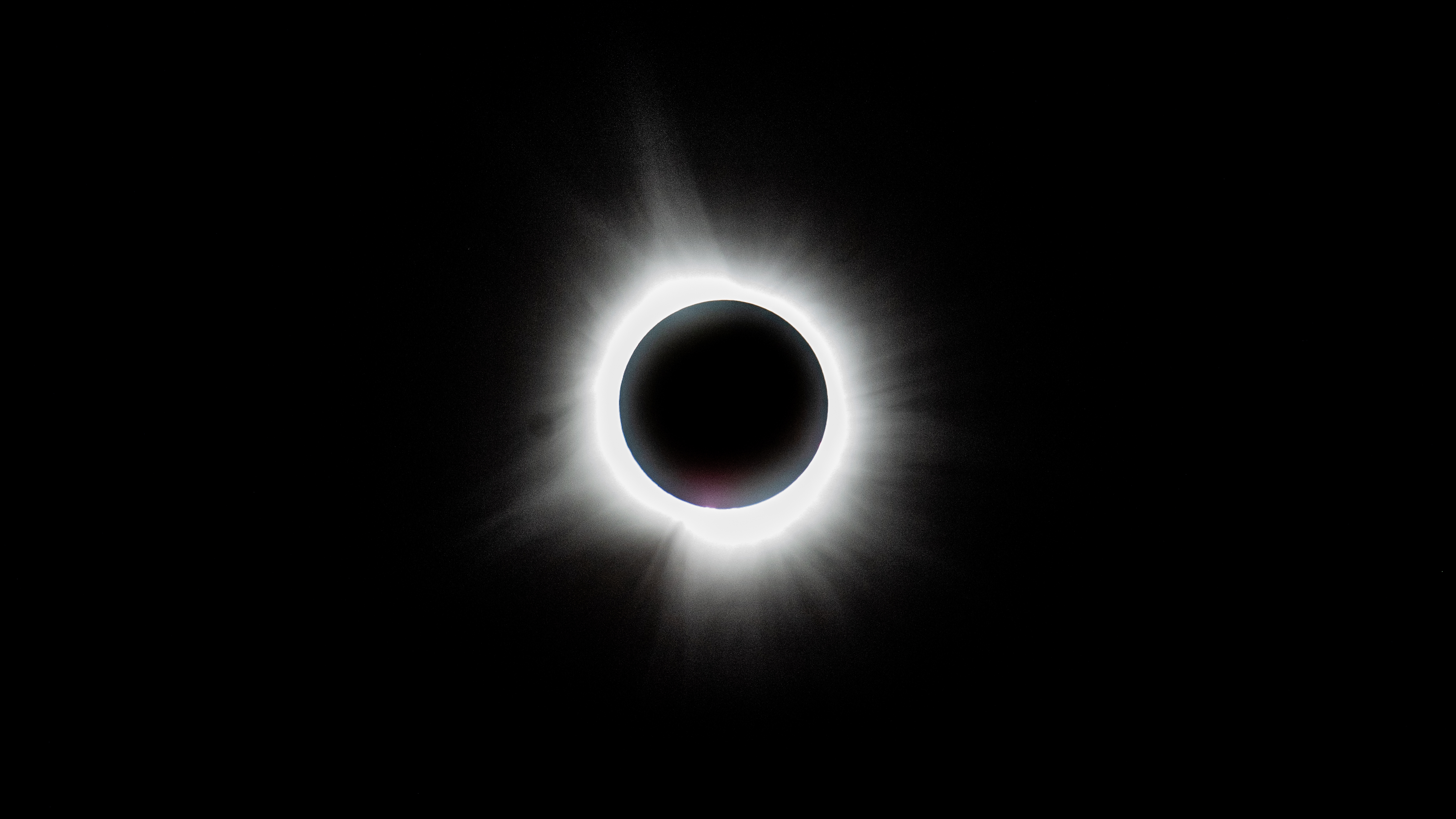

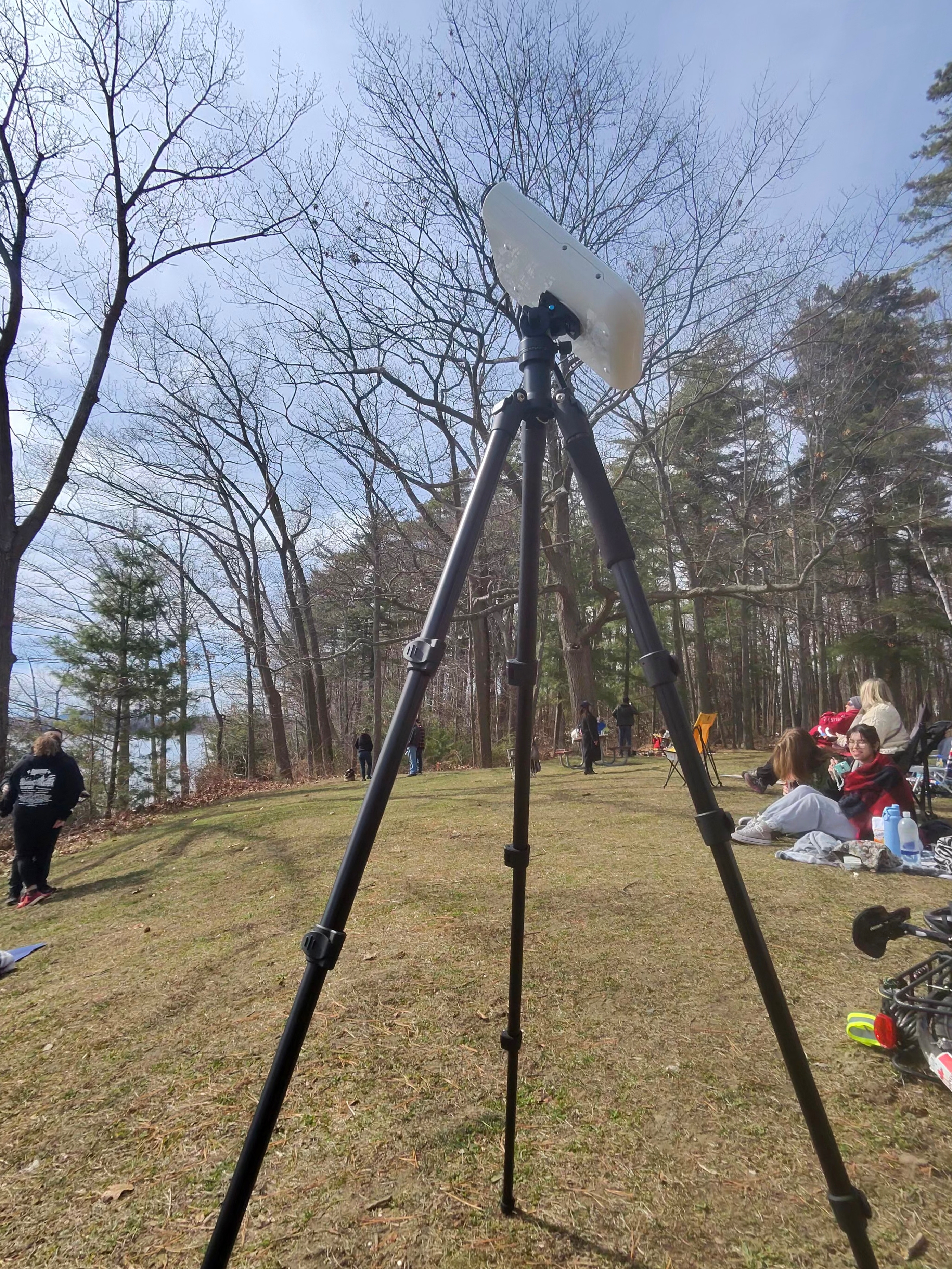
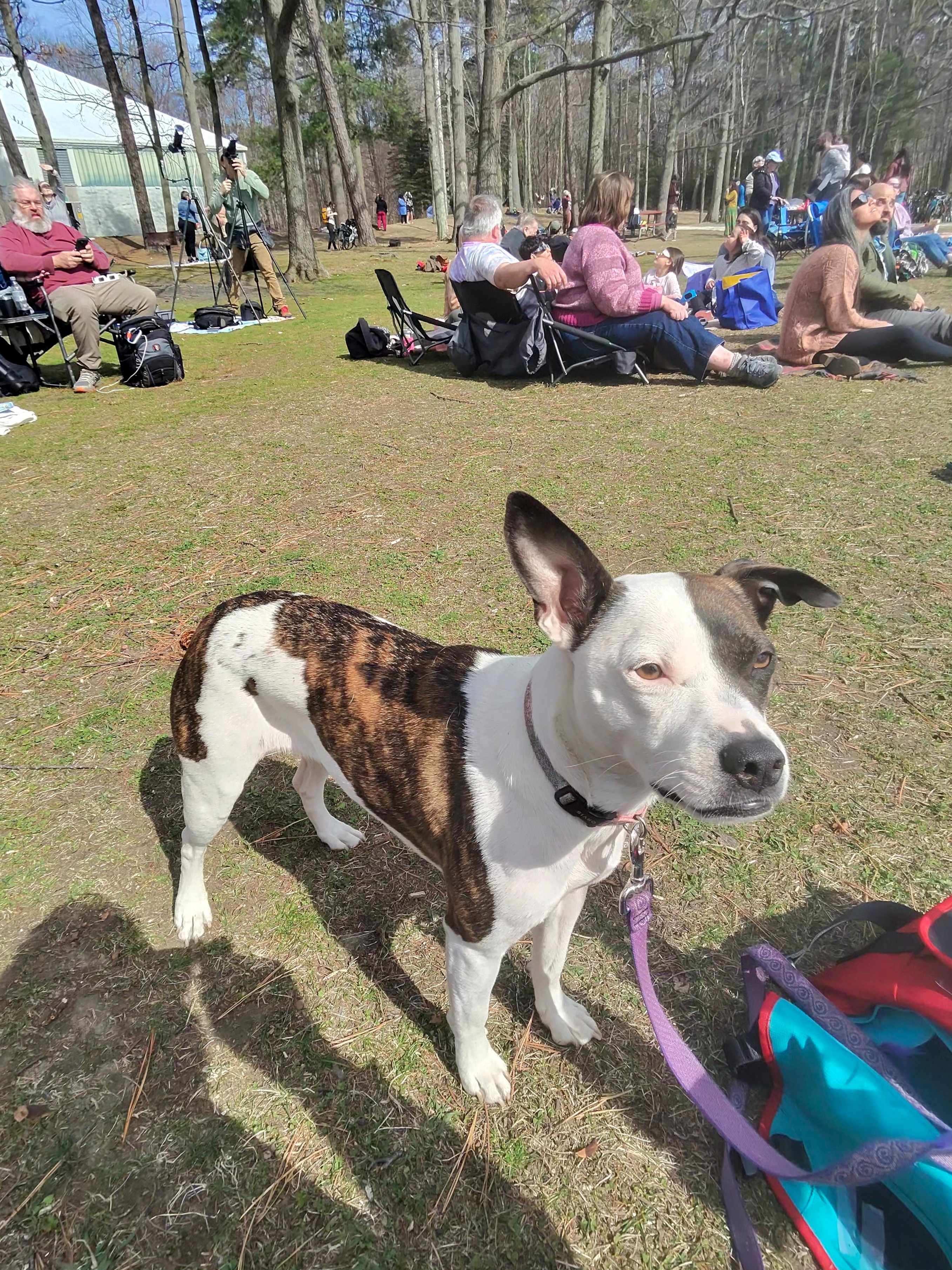
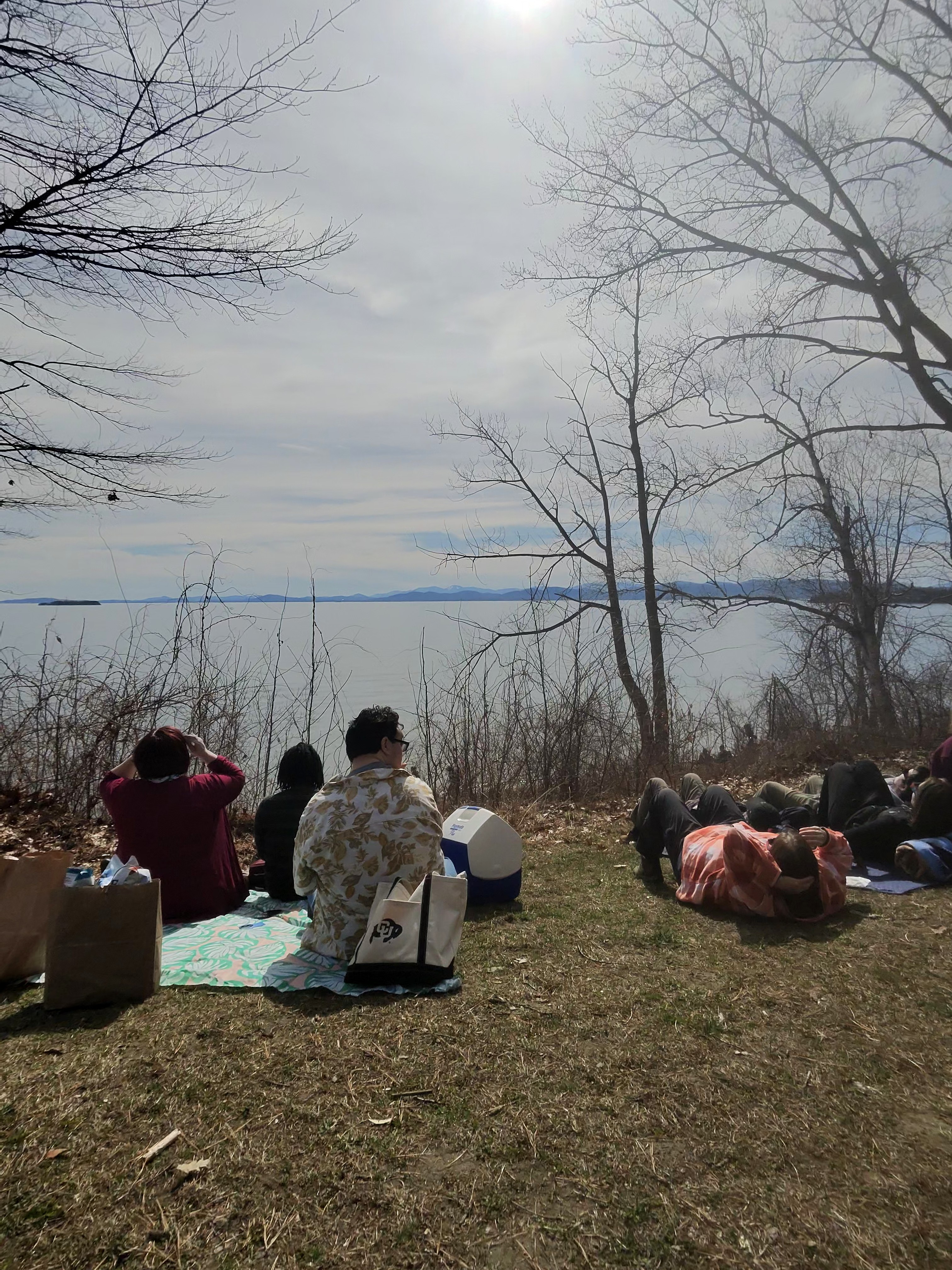
In the end, I got a couple of good shots from the iPhone on the telescope. They were better than the shots my friends took with their phones, and they impressed the people I shared them with. From my own perfectionist standards, I was disappointed with my pics, but I wasn’t disappointed at all with the experience.
In fact, I’m happy that I didn’t try much harder to take great photos, because at the last minute I chose to sacrifice the pics and enjoy the eclipse. It was amazing. It was the greatest natural phenomena I’ve ever seen. For the next eclipse, I’ll bring only one camera, and only one easy plan, and if I screw it up then I won’t even care. The best photo I could get would pale in comparison to the totality of the real thing.
You might also like...
- I shot the eclipse with an iPhone 15 Pro Max, Google Pixel 8 Pro and a Samsung Galaxy S23 Ultra – here's which one did best
- You took amazing smartphone eclipse photos, but reminded me why I didn't use Samsung Galaxy S23 Ultra's 100x Space Zoom
- How to photograph the total solar eclipse with your camera or smartphone

Phil Berne is a preeminent voice in consumer electronics reviews, starting more than 20 years ago at eTown.com. Phil has written for Engadget, The Verge, PC Mag, Digital Trends, Slashgear, TechRadar, AndroidCentral, and was Editor-in-Chief of the sadly-defunct infoSync. Phil holds an entirely useful M.A. in Cultural Theory from Carnegie Mellon University. He sang in numerous college a cappella groups.
Phil did a stint at Samsung Mobile, leading reviews for the PR team and writing crisis communications until he left in 2017. He worked at an Apple Store near Boston, MA, at the height of iPod popularity. Phil is certified in Google AI Essentials. He has a High School English teaching license (and years of teaching experience) and is a Red Cross certified Lifeguard. His passion is the democratizing power of mobile technology. Before AI came along he was totally sure the next big thing would be something we wear on our faces.